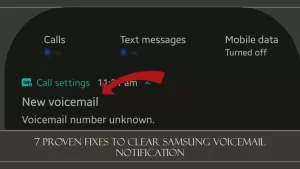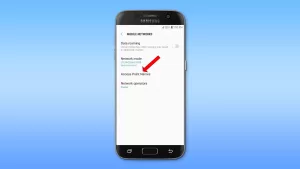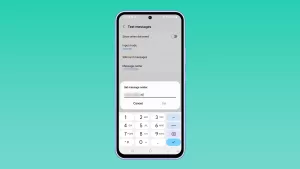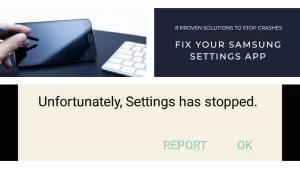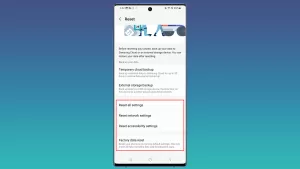A high-end device like your Samsung Galaxy S9 that turns off by itself every now and then could have some issues with the hardware although it could also be just a problem with the firmware. The thing is power issues are often tied to hardware issues so as the owner, you should do some troubleshooting procedures to determine why the phone is acting like that.
In this post, I will guide you in troubleshooting your Galaxy S9 that powers down on its own. I will walk you through in performing some important troubleshooting procedures to know what the issue is all about. So, if you’re one of the owners that’s bugged down by a similar problem, continue reading as this article may be able to help you one way or the other.
Before we move on, if you found this post while looking for a solution to a different problem, then visit our Galaxy S9 Help Guides page as we’ve already solved some of the most common issues with this device. Look for issues that are similar with yours and feel free to use the solutions we suggested.
Now, here’s what you should do if your Galaxy S9 turns off on its own…
Force restart your Galaxy S9 first. This will refresh the phone’s memory and if this problem was caused by a minor issue with the firmware, the forced restart might just fix it. To do this, press both the volume down and power keys at the same time and hold them together for 10 seconds or more. Your phone will reboot like it normally does but it’s actually more effective than the normal restart.
Use your phone while it’s connected to its charger. Regardless whether your phone is fully-charged or not, connect it to its charger and make sure it shows the battery symbol with the bolt on it. Then, continue using the device and wait if it turns off on its own. What we’re trying to accomplish here is to know if it would still turn off by itself even if it has a stable power source. If it still turns off by itself, then it could be an issue with the firmware so continue troubleshooting or move on to the next solution. However, if it doesn’t turn off while it’s connected to the charger, then the problem could be hardware-related or the battery may need to be replaced. In that case, you need to bring the phone to the shop so the technician can further check it for you.
Use your phone in Safe Mode. Assuming the phone still powers off on its own even it it’s connected to the charger, you must use it in safe mode to know how it works even if third-party applications are disabled. In this mode, all downloaded apps are temporarily disabled so this will tell you right of the bat if the problem is caused by one of them. This is how you run your phone in safe mode:
- Turn the device off.
- Press and hold the Power key past the model name screen appearing on the screen.
- When SAMSUNG appears on the screen, release the Power key.
- Immediately after releasing the Power key, press and hold the Volume down key.
- Continue to hold the Volume down key until the device finishes restarting.
- When Safe mode appears in the bottom left corner of the screen, release the Volume down key.
If the problem is caused by a third-party app, then find out which app it is and uninstall it. Or, you can do the next procedure which has more impact on the firmware.
Backup important files and reset your phone. A master reset will rule out the possibility that the problem is caused by a firmware issue. However, you may lose some of your files so make sure to backup important files and data before you reset your phone. After the reset and the phone still turns off on its own, then you should bring it to the shop so the tech will take care of the problem for you.
This is how your reset your Galaxy S9:
- Back up data on the internal memory. If you have signed into a Samsung account on the device, you have activated Anti-theft and will need your Samsung credentials to finish the master reset.
- From the Home screen, swipe up on an empty spot to open the Apps tray.
- Tap Settings > Cloud and accounts > Backup and restore.
- Tap the following sliders to desired setting:
- Back up my data
- Automatic restore
- Tap the Back key (bottom right) until you reach the main Settings menu.
- Tap General Management > Reset > Factory data reset.
- Scroll to the bottom of the screen, then tap RESET > DELETE ALL.
- If you have screen lock turned on, enter your credentials.
- If prompted to verify your Samsung account, enter the password, then tap CONFIRM.
- Wait for the device to reset.
I hope that this how-to post has helped you one way or another. Please help us spread the word by sharing this post to your friends or people who may also have similar problems. Thanks for reading!
RELEVANT POSTS:

